
The B2B platform for the best purchasing descision. Identify and compare relevant B2B manufacturers, suppliers and retailers
Close
Filter
Result configuration
Continents
Select continent
Locations
Result types
Company type
Select company type
Industries
Select industry
Company status
Select company status preset
Number of employees
Min.
Max.
Founding year
Automation Engineering S.r.l.
Carate Brianza, Italy
B
1-10 Employees
1987
Key takeaway
The company specializes in providing products and services for excellent production management and information systems, particularly in the manufacturing sector. Their ERP solution, Arca EVOLUTION, supports SMEs in streamlining their operations, making it relevant for those interested in automation equipment.
Reference
Core business
Automation Engineering
Tex Computer
Cattolica, Italy
B
11-50 Employees
1985
Key takeaway
Tex Automation is a prominent player in the production of electronic systems for industrial machinery control, offering tailored automation solutions backed by years of experience in various industries. Their expertise enables them to recommend the most suitable systems to meet specific production needs.
Reference
Core business
Company - Tex Automation
Company - Tex Automation is an international leader in the production of electronic systems for the control of industrial machines...
Automazioni e Sistemi S.r.l.
Caponago, Italy
B
11-50 Employees
1988
Key takeaway
The company, Automazioni e Sistemi S.r.l., specializes in providing advanced technology services in the industrial automation field, catering to various stakeholders such as instrumentation companies, engineering firms, and contractors. Their flexible organizational approach allows them to effectively meet customer requirements in diverse contexts.
Reference
Core business
Automazioni e Sistemi S.r.l.
Looking for more accurate results?
Find the right companies for free by entering your custom query!
25M+ companies
250M+ products
Free to use
GS Automation S.p.A.
Rome, Italy
B
11-50 Employees
2001
Key takeaway
GS Automation specializes in providing automation and telecommunication systems for industrial plants, offering customized solutions and on-site assistance to ensure continuous production. With a strong focus on the Oil & Gas sector, the company has evolved to offer a wide range of advanced automation and control technologies.
Reference
Core business
GS Automation
Automation Address
Italy
B
11-50 Employees
1990
Key takeaway
Automation Address offers reliable and cost-effective automation systems, leveraging over 30 years of experience to meet the needs of even the most demanding clients. Their solutions encompass packaging, marking, and graphic industries.
Reference
Core business
Automation Address - Automation Address
Soluzioni per il Packaging-Marcatura, su imballi primari e secondari, e Soluzioni per l'Industria Grafica e la Postalizzazione.
Electronic Systems SPA
Momo, Italy
B
101-250 Employees
1979
Key takeaway
Electronic Systems specializes in the automation sector, producing inverters and advanced measurement systems, which has significantly contributed to its rapid growth. The company's innovative technologies and commitment to R&D have led to a diverse range of products and services that enhance production processes.
Reference
Product
Automation | Electronic Systems – The Power of Control

GLOBAL AUTOMATION SRL
Castel Castagna, Italy
B
11-50 Employees
2005
Key takeaway
Global Automation specializes in managing the entire life cycle of automation equipment, from design to implementation, including software development, on-site setup, and training. Their production plant is well-equipped to support various phases of the production process.
Reference
Core business
Company - Global Automation
AUXEL S.R.L.
Arcugnano, Italy
B
11-50 Employees
-
Key takeaway
Auxel specializes in automation equipment, leveraging its extensive experience in designing and manufacturing electronic systems and control panels. The company's commitment to safety, quality, and international standards further enhances its expertise in automation solutions for various industries.
Reference
Product
AUTOMATION FOR GENERAL INDUSTRY | Auxel
Automa srl
Gorle, Italy
B
1-10 Employees
1987
Key takeaway
Automa offers a comprehensive range of software and hardware solutions, including SCADA, HMI, and MES systems, which are essential for automation in industrial settings. Their innovative software enhances the functionality of PATLITE's wireless products, transforming signaling towers into valuable data sources for monitoring machine and plant efficiency.
Reference
Core business
Automa: sviluppo software SCADA HMI MES, raccolta dati, gestione produzione, manutenzione
3D AUTOMATION SRL
Orsenigo, Italy
B
1-10 Employees
-
Key takeaway
3D Automation srl specializes in industrial automation, developing custom software and firmware for clients for thirty years. With expertise in various programming platforms and a commitment to enhancing digitalization, they position themselves as a key partner for automation solutions.
Reference
Core business
3D Automation
Technologies which have been searched by others and may be interesting for you:
A selection of suitable products and services provided by verified companies according to your search.
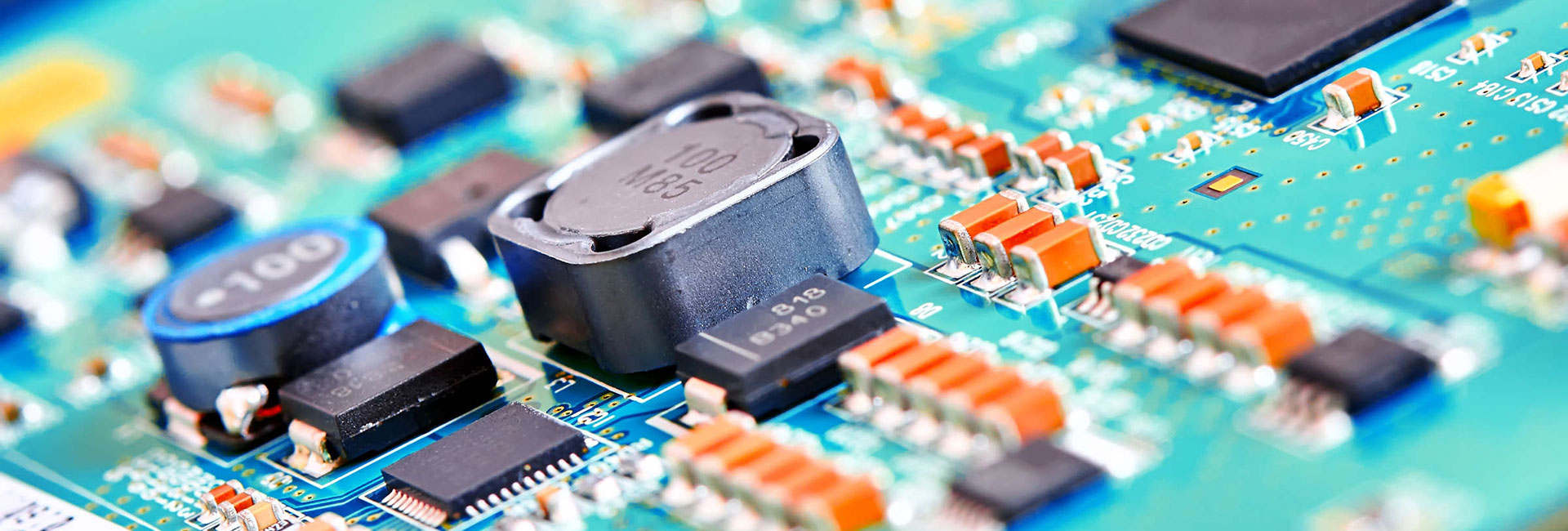
Service
Custom Electronics
Go to product
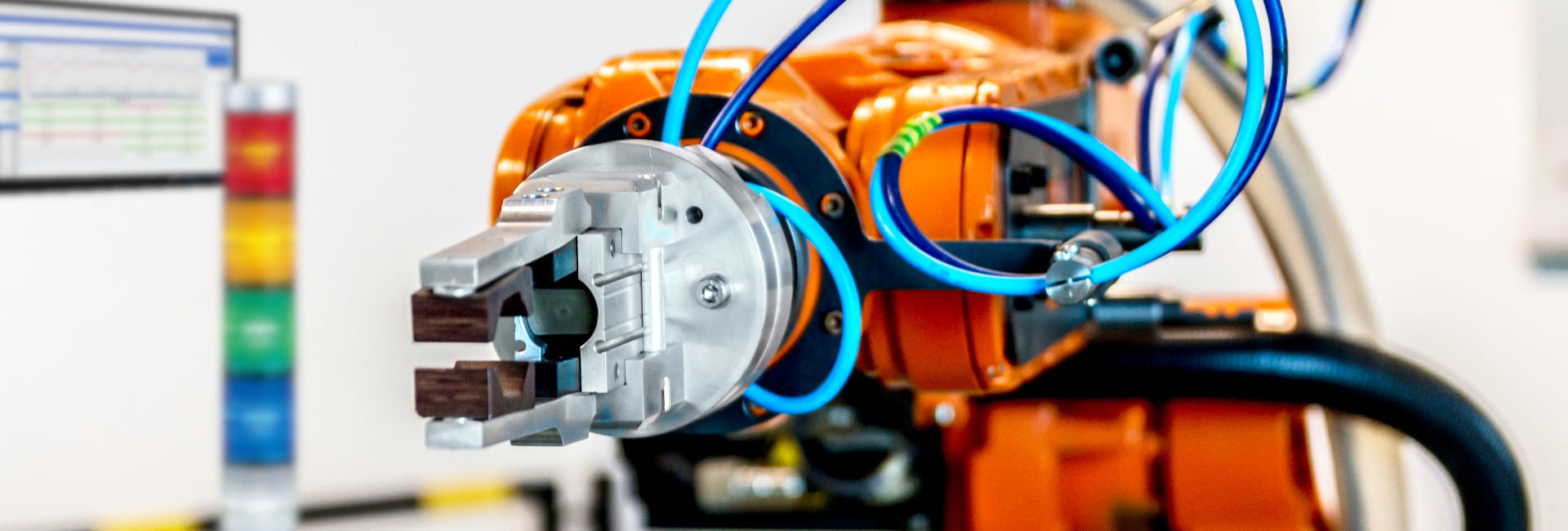
Service
https://www.adgenera.com/en/automation.html
Go to product
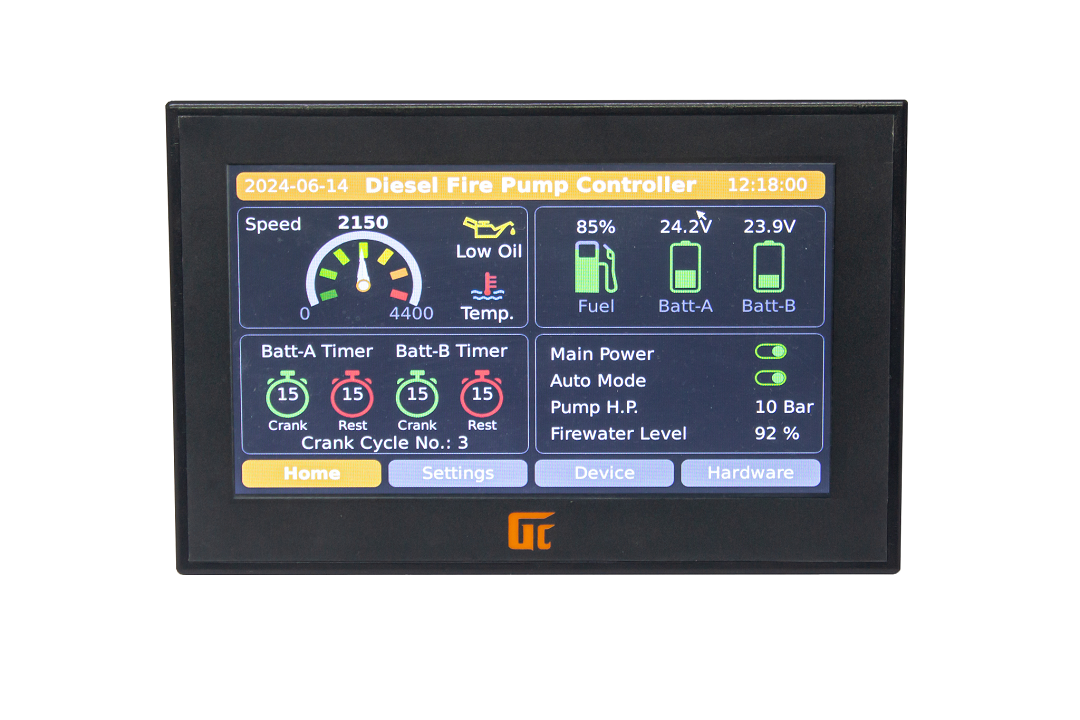
Product
Versacon 7
Go to product
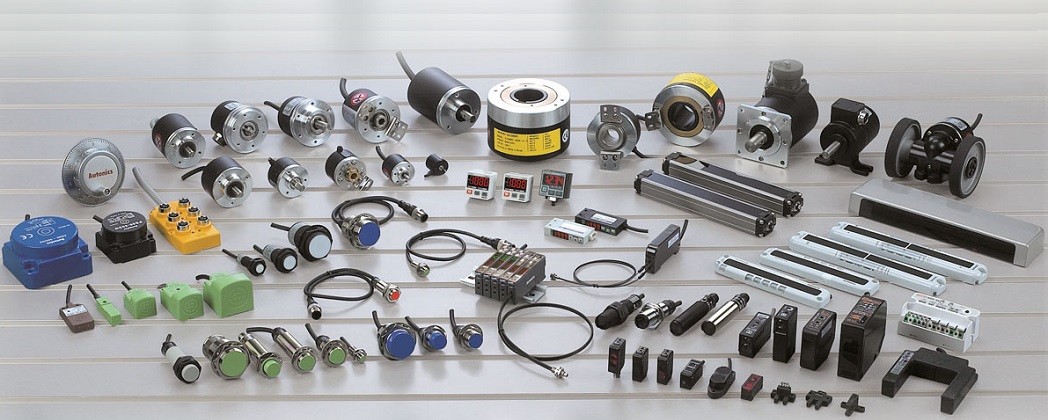
Product
Sell to Us
Go to product
A selection of suitable use cases for products or services provided by verified companies according to your search.
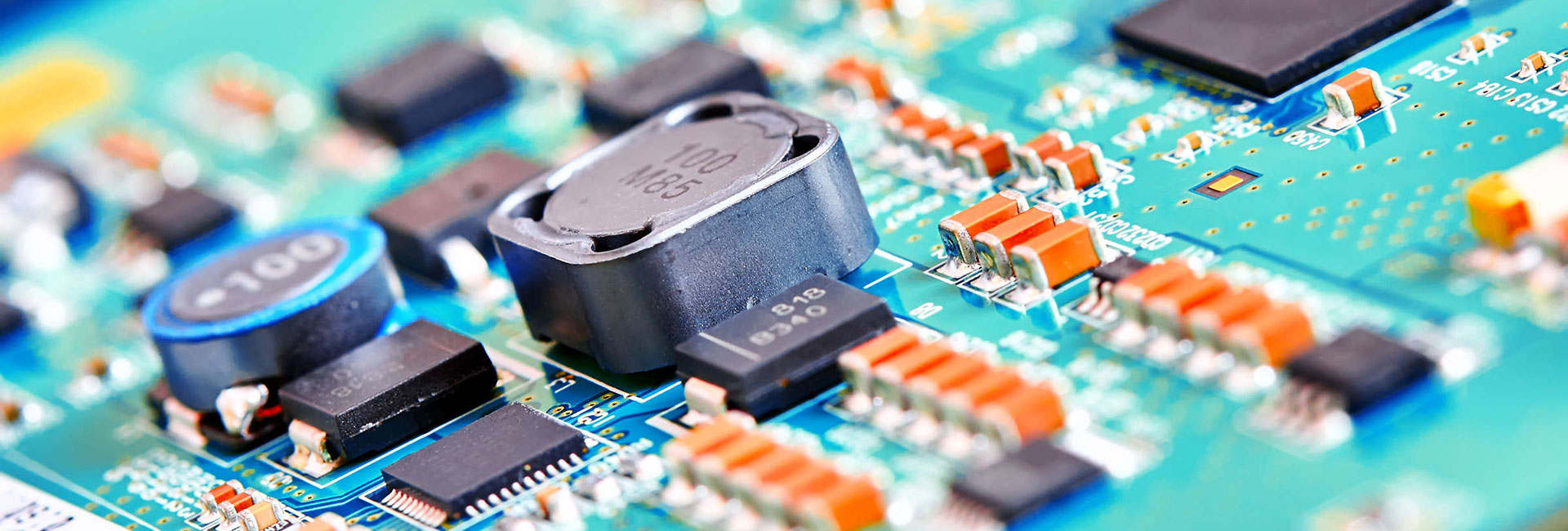
Use case
Custom Electronic Design
automotive, E-mobility, automation, industrial automation, machinery, industrial machinery, smart industry, industry 4.0
Electronic design frameworks Electronic design starts from the component layout specification. Also, it consists in the definition of interconnections and PCB technology. Finally, component selection is formalized (BOM, Bill of Material), such as the circuit schematics and the layout of PCB traces (gerber file). If the Electronc Systems is composed of multiple circuit boards, electronic design includes the description of the interconnection schemes, and the instructions for the wiring manufacturing. Adgenera develops electronic circuits tailored and suitable for any application. It selects the most valuable technology for the peculiar field of application, in order to ensure the maximum reliability. Electronic design frameworks Custom-designed electronic solutions can be found in many sectors, covering various fields of application and meeting Client needs. The most frequent requests are: design “from the scratch” miniaturization of an existing circuit board cost Reduction electronic board update, when components are no longer available engineering a prototypal board, either partially or completely working functional improvement (for example, adding a wireless interface) performance improvement (for example, power consumption reduction) Other elements increase the complexity of the electronic design: legacy firmware for the previous version of board need for a custom / legacy interface to other electronic existing systems availability of the components on the market within a certain amount of time project constraints due to standards or certifications The steps of the Electronic Design Electronic design aims to respond to the request of designing and producing electronic circuit boards. First, the customer is interviewed on the characteristics of the electronic system to be designed.. The customer is actively involved to identify the best design choices. This preliminary phase leads to the correct identification of development times and costs, allowing the customer to verify the compliance with his needs and to create a preliminary project planning. Now the electronic scheme can be designed. Specific skills of our designers are applied to correctly select and size the components. Once the scheme has been designed, the electronic components available on the market are selected. Then, they will be soldered to the electronic board during its production phase. We select the most suitable package of components depending on the layout, the space available and the type of application. This design phase leads a draft of the BOM (Bills of Materials) necessary to supply and solder the right components. The electronic components chosen are placed on the board surface. Their positions strictly match design constraints principles to guarantee the correct functioning of the electronic system. Usually several alternative arrangements are evaluated. Finally, the chosen one is the one that leads to the best result once the electronic card is produced. Once the components are finally placed in the board, it is necessary to draw the connections (tracks) that appropriately connect the pins of the components themselves. The tracks design needs to follow many rules and best practices: although there are infinite ways to connect the chosen components, only a few solutions guarantee a good quality card. The preliminary electronic design project is ready: the first board samples are created to check the functionality and performance of the designed electronic system in the laboratory. During the tests, the laboratory instrumentation verifies that each quantity measurable on the card corresponds to the value theoretically calculated during the electronic scheme design.

Use case
Custom Electronic Design
automotive, E-mobility, automation, industrial automation, machinery, industrial machinery, smart industry, industry 4.0
Electronic design frameworks Electronic design starts from the component layout specification. Also, it consists in the definition of interconnections and PCB technology. Finally, component selection is formalized (BOM, Bill of Material), such as the circuit schematics and the layout of PCB traces (gerber file). If the Electronc Systems is composed of multiple circuit boards, electronic design includes the description of the interconnection schemes, and the instructions for the wiring manufacturing. Adgenera develops electronic circuits tailored and suitable for any application. It selects the most valuable technology for the peculiar field of application, in order to ensure the maximum reliability. Electronic design frameworks Custom-designed electronic solutions can be found in many sectors, covering various fields of application and meeting Client needs. The most frequent requests are: design “from the scratch” miniaturization of an existing circuit board cost Reduction electronic board update, when components are no longer available engineering a prototypal board, either partially or completely working functional improvement (for example, adding a wireless interface) performance improvement (for example, power consumption reduction) Other elements increase the complexity of the electronic design: legacy firmware for the previous version of board need for a custom / legacy interface to other electronic existing systems availability of the components on the market within a certain amount of time project constraints due to standards or certifications The steps of the Electronic Design Electronic design aims to respond to the request of designing and producing electronic circuit boards. First, the customer is interviewed on the characteristics of the electronic system to be designed.. The customer is actively involved to identify the best design choices. This preliminary phase leads to the correct identification of development times and costs, allowing the customer to verify the compliance with his needs and to create a preliminary project planning. Now the electronic scheme can be designed. Specific skills of our designers are applied to correctly select and size the components. Once the scheme has been designed, the electronic components available on the market are selected. Then, they will be soldered to the electronic board during its production phase. We select the most suitable package of components depending on the layout, the space available and the type of application. This design phase leads a draft of the BOM (Bills of Materials) necessary to supply and solder the right components. The electronic components chosen are placed on the board surface. Their positions strictly match design constraints principles to guarantee the correct functioning of the electronic system. Usually several alternative arrangements are evaluated. Finally, the chosen one is the one that leads to the best result once the electronic card is produced. Once the components are finally placed in the board, it is necessary to draw the connections (tracks) that appropriately connect the pins of the components themselves. The tracks design needs to follow many rules and best practices: although there are infinite ways to connect the chosen components, only a few solutions guarantee a good quality card. The preliminary electronic design project is ready: the first board samples are created to check the functionality and performance of the designed electronic system in the laboratory. During the tests, the laboratory instrumentation verifies that each quantity measurable on the card corresponds to the value theoretically calculated during the electronic scheme design.
In the Automation Equipment industry in Italy, key considerations include understanding the regulatory landscape, as compliance with both EU and local Italian regulations is essential for operational success. Companies must navigate complex legislation related to safety standards, environmental impact, and data protection, particularly with the rise of Industry 4.0. The competitive landscape is characterized by a mix of established firms and innovative startups, making it crucial for newcomers to identify unique value propositions to stand out. Challenges such as high labor costs and supply chain disruptions can impact profitability, but there are also significant opportunities in sectors like manufacturing, automotive, and energy, where automation can enhance efficiency and reduce costs. Environmental concerns are increasingly influencing market dynamics, pushing companies to adopt sustainable practices and develop eco-friendly technologies. Additionally, the global market relevance of Italian automation equipment is strong, as the country is known for its engineering excellence and quality production. Collaborations with international partners can also provide access to new markets and technologies. Overall, thorough research into industry players, market trends, and technological advancements will be vital for anyone looking to enter or invest in this sector in Italy.
Some interesting numbers and facts about your company results for Automation Equipment
| Country with most fitting companies | Italy |
| Amount of fitting manufacturers | 368 |
| Amount of suitable service providers | 199 |
| Average amount of employees | 11-50 |
| Oldest suiting company | 1979 |
| Youngest suiting company | 2005 |
Some interesting questions that has been asked about the results you have just received for Automation Equipment
What are related technologies to Automation Equipment?
Based on our calculations related technologies to Automation Equipment are Education, Engineering Services, IT & Technology Services, Healthcare Services, Consulting
Which industries are mostly working on Automation Equipment?
The most represented industries which are working in Automation Equipment are Automation, Machinery Manufacturing, Other, IT, Software and Services, Manufacturing
How does ensun find these Automation Equipment Manufacturers?
ensun uses an advanced search and ranking system capable of sifting through millions of companies and hundreds of millions of products and services to identify suitable matches. This is achieved by leveraging cutting-edge technologies, including Artificial Intelligence.